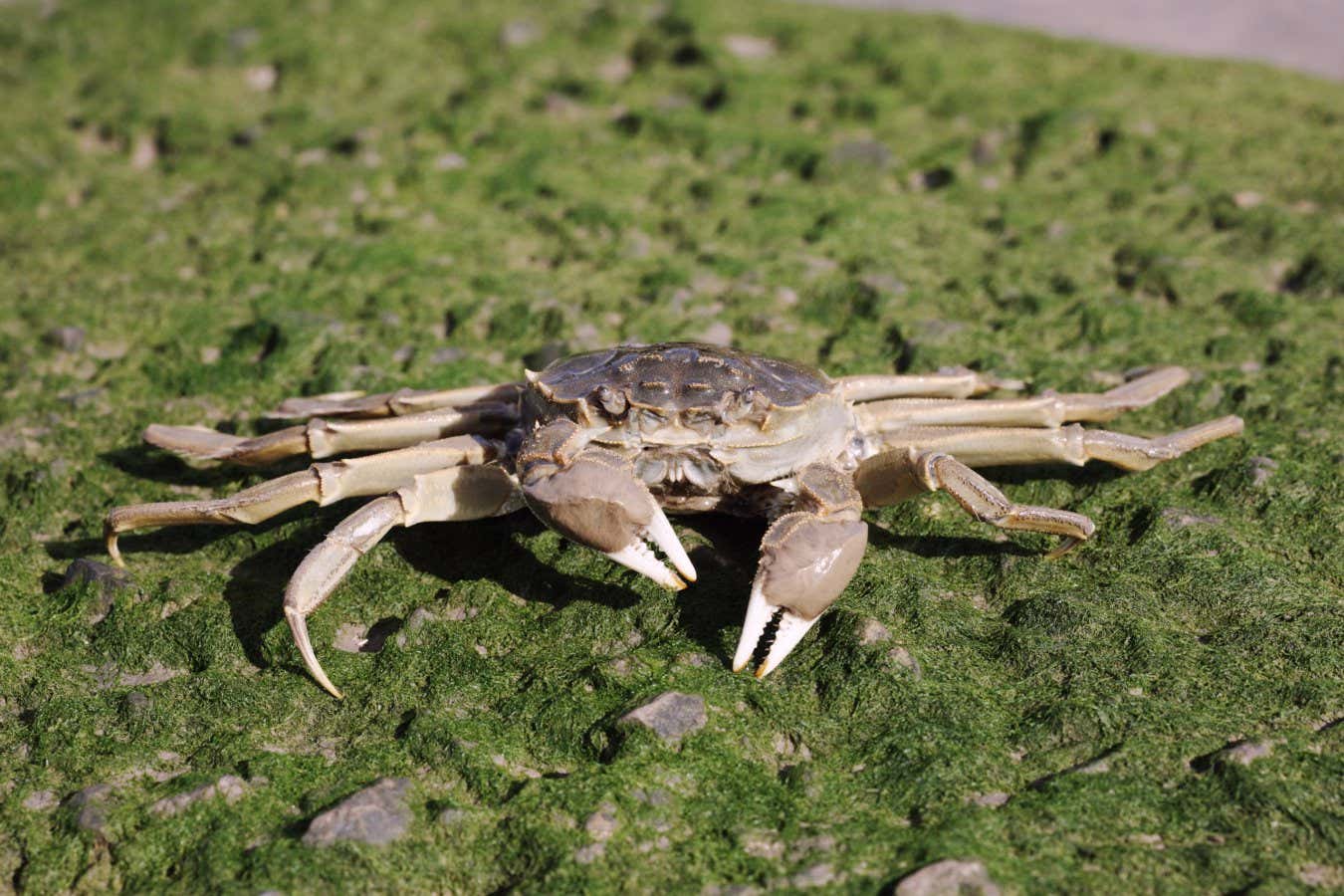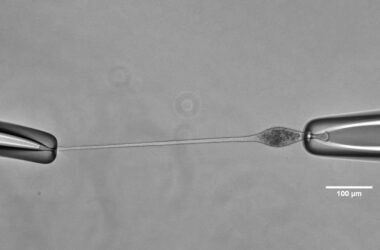The UK is urging its residents to report sightings of Chinese mitten crabs, an invasive species that is believed to be increasing in population.
Chinese mitten crabs, scientifically known as Eriocheir sinensis, are native to East Asia. They are named after their furry, brown, mitten-like claws. These crabs typically have a greenish grey to dark brown body and can grow to about 8 centimeters in length, with their legs reaching twice that length.
Over the past century, Chinese mitten crabs have spread worldwide and are now considered an invasive species in Europe and North America. They are commonly found in freshwater habitats such as rivers, canals, and estuaries.
Chinese mitten crabs can cause significant damage to the environment by burrowing into river beds, obstructing waterways, and damaging fishing equipment with their sharp claws. There is also a concern that they may consume fish eggs and outcompete native species for resources.
The presence of Chinese mitten crabs in the UK was first observed in 1935 in the river Thames, and they have since established themselves in various waterways across the country. Recently, there has been an increase in sightings of these crabs in Cambridgeshire.
To address the growing population of Chinese mitten crabs in the UK, the Natural History Museum has launched “Mitten Crab Watch,” a citizen science initiative that encourages the public to report crab sightings. The UK Department for Food, Agriculture, and Rural Affairs also encourages people to report sightings to help monitor the crab population and prevent the spread of their eggs.
According to Paul Clark from the Natural History Museum, the number of Chinese mitten crabs is on the rise due to their unique life history. Adult females can produce up to three spawnings of eggs after migrating downstream. Each spawning can result in the production of 500,000 to 1 million eggs.
In an effort to control the increasing population, the Lincolnshire Wildlife Trust, Welland and Deepings Internal Drainage Board, and the Natural History Museum have installed the first permanent Chinese mitten crab trap in Pode Hole, Lincolnshire.
Insights:
Chinese mitten crabs are an invasive species in the UK and cause significant harm to the environment by damaging river beds, obstructing waterways, and competing with native species for resources.
The public can contribute to monitoring the crab population by reporting sightings through citizen science initiatives like “Mitten Crab Watch.”
Due to their ability to produce large numbers of eggs, the population of Chinese mitten crabs is increasing, posing further threats to the ecosystem.
Efforts are being made to control the population, such as the installation of permanent traps designed specifically for Chinese mitten crabs.








